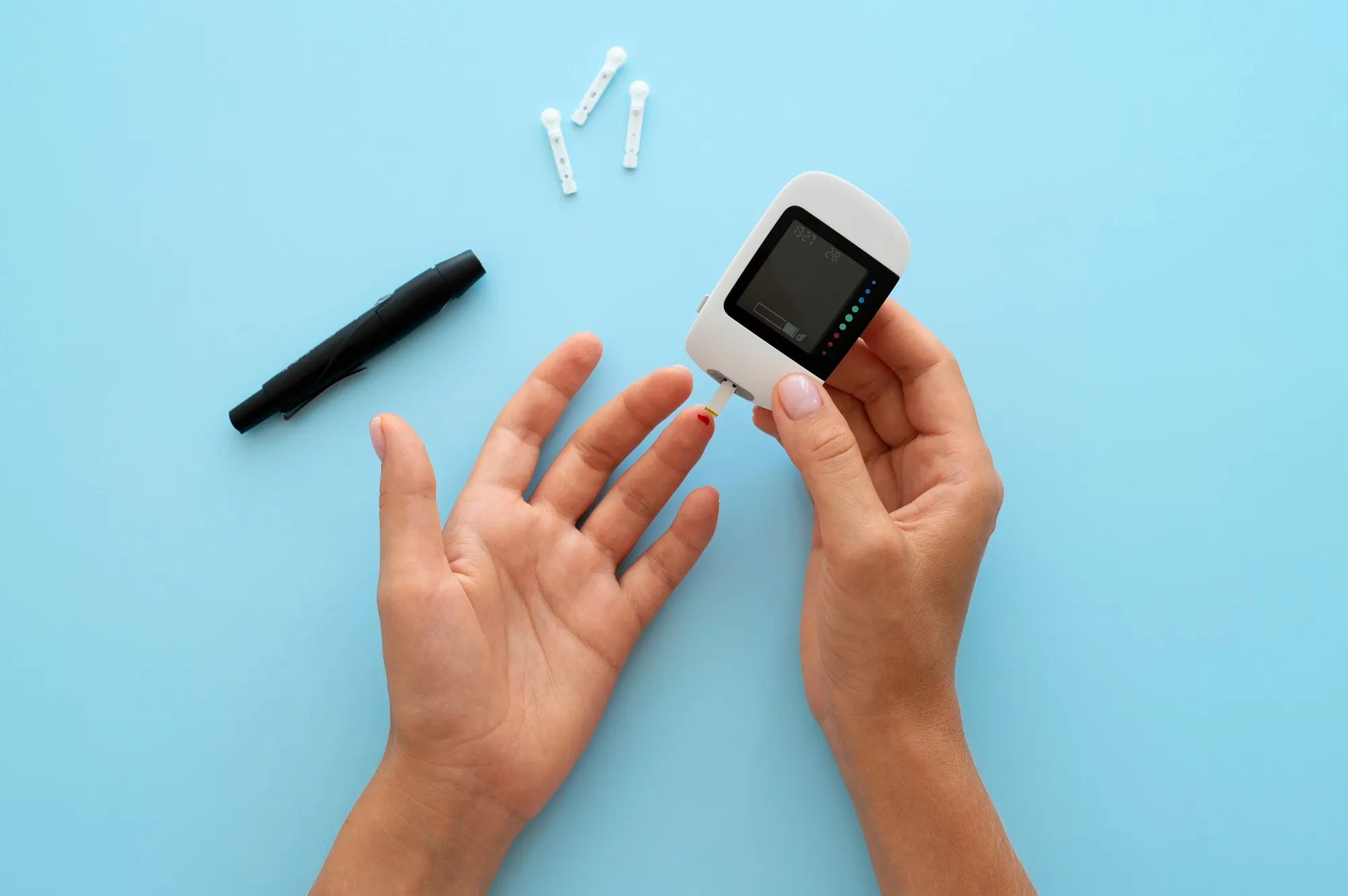Groundbreaking Research in Clinical Nutrition ESPEN Highlights Improvement in Hyperglycemia Management
A significant new study published in the February 2024 issue of Clinical Nutrition ESPEN has demonstrated that Liraglutide, a medication commonly used to treat Type 2 diabetes (T2D), might be effective in reducing intrapancreatic fat deposition, which is associated with the worsening of glycemic control in T2D patients. This research, led by Kuriyama Tsukasa T et al., represents a crucial development in understanding how to combat one of the challenging aspects of diabetes management — ectopic fat deposition.
Study Design and Findings
In the retrospective cohort study, researchers from the Itami City Hospital and Graduate School of Medicine at Osaka University in Japan recruited 42 patients with T2D. The patients underwent abdominal unenhanced CT scans before and after the administration of either Liraglutide (13 patients) or Glimepiride (29 patients), which is another medication used for treating T2D.
The study’s primary aim was to ascertain whether Liraglutide had an effect on reducing ectopic fat deposits, especially within the pancreas. Intrapancreatic and liver fat indices were calculated using CT values of pancreas (P), liver (L), and spleen (S), with increases in these values suggesting reductions in ectopic fat deposition.
Remarkable findings of the study indicated significant improvements among those in the Liraglutide cohort:
1. HbA1c levels, which are markers for blood sugar control over several months, significantly decreased (p = 0.0017).
2. Body weight saw a statistically significant decline (p = 0.0081).
3. L-S values, which could signify reduced liver fat deposition, increased notably after Liraglutide treatment (p = 0.0024).
Additionally, while P-S values tended to increase in the Liraglutide group overall (p = 0.0547), a substantial increase was observed in patients with a fatty pancreas who were treated with Liraglutide (p = 0.0303).
In stark contrast, there were no observed increases in P-S values in the Glimepiride group regardless of baseline values, indicating that Glimepiride did not impact intrapancreatic fat deposition.
Implications for Treatment
This study suggests that Liraglutide might be beneficial in reducing pancreatic fat deposition independently of its effects on HbA1c levels and visceral fat volume reduction. This finding is important as it offers an additional pathway through which Liraglutide could be helping to improve glycemic control in patients with T2D, beyond its known effects on blood sugar levels and weight.
Expert Commentary and Further Research
This study’s authors, including Kozawa Junji J and Baden Megu Y, suggest that future research should focus on larger, randomized control trials to confirm the beneficial effects of Liraglutide on ectopic fat deposits within the pancreas. Also, it could explore the long-term clinical outcomes associated with these changes, such as the potential for reducing the risk of developing diabetes-related complications.
It’s noteworthy that amongst the authors, JK and IS have received lecture fees from Novo Nordisk Pharma Ltd., and IS also received research funds from the same company. Despite these disclosures, other authors have declared no conflicts of interest, underscoring the credibility and relevance of these findings to the medical community and patients alike.
Concluding Thoughts
The study “Effects of liraglutide on intrapancreatic fat deposition in patients with type 2 diabetes.” is indeed a landmark investigation. It holds promise in advancing the treatment of T2D by potentially adding a therapeutic mechanism aimed at reducing harmful ectopic fat. For patients grappling with diabetes, this research could pave the way for improved outcomes and a better quality of life.
With this contribution, the scientific and clinical communities inch closer to a comprehensive strategy for addressing the complex challenges of diabetes management. The incorporation of treatments like Liraglutide, with its newly discovered potential benefits, could revolutionize the care for millions of individuals with T2D around the globe.
References
1. Kuriyama Tsukasa T, et al. (2024). Effects of liraglutide on intrapancreatic fat deposition in patients with type 2 diabetes. Clinical Nutrition ESPEN, 59, 208-213. doi: 10.1016/j.clnesp.2023.12.005
DOI: 10.1016/j.clnesp.2023.12.005
Keywords
1. Liraglutide and pancreatic fat
2. Type 2 diabetes management
3. Ectopic fat and T2D
4. Liraglutide vs. Glimepiride
5. Intrapancreatic fat deposition
This news article integrates research findings from the Clinical Nutrition ESPEN journal and provides a synopsis of the study’s importance and potential impact on diabetes management.
